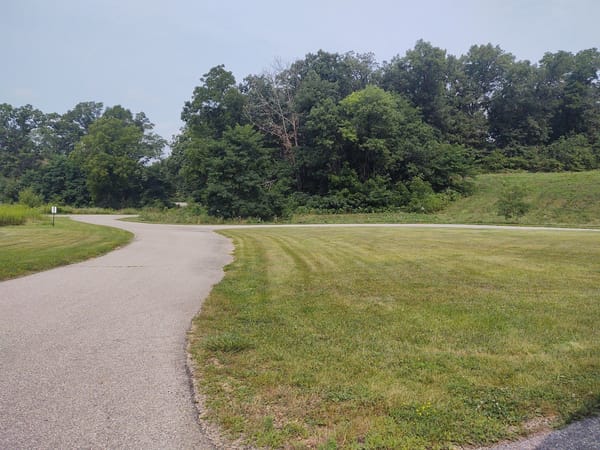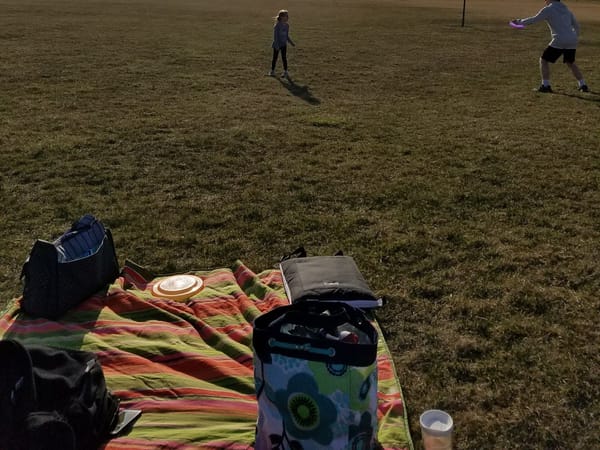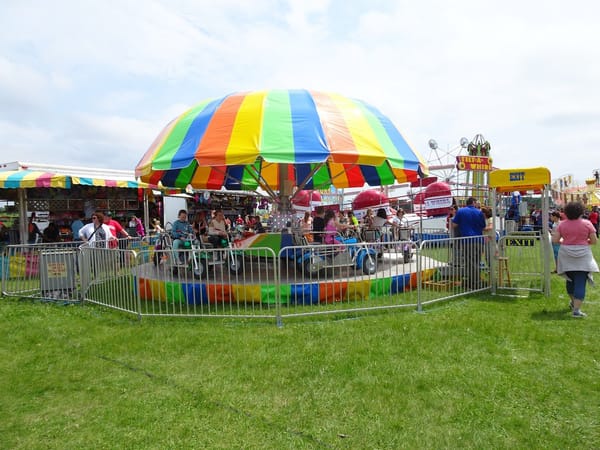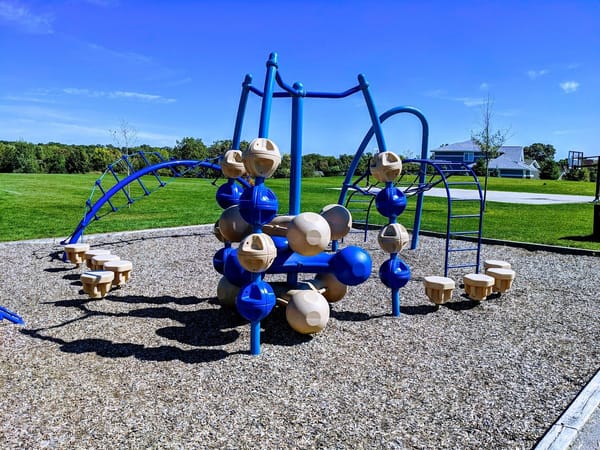L.R. Ingersoll Wonders of Physics Museum in Madison, WI
Discover hands-on science fun at the L.R. Ingersoll Wonders of Physics Museum—free entry, interactive exhibits, and curiosity for all ages in Madison, WI!
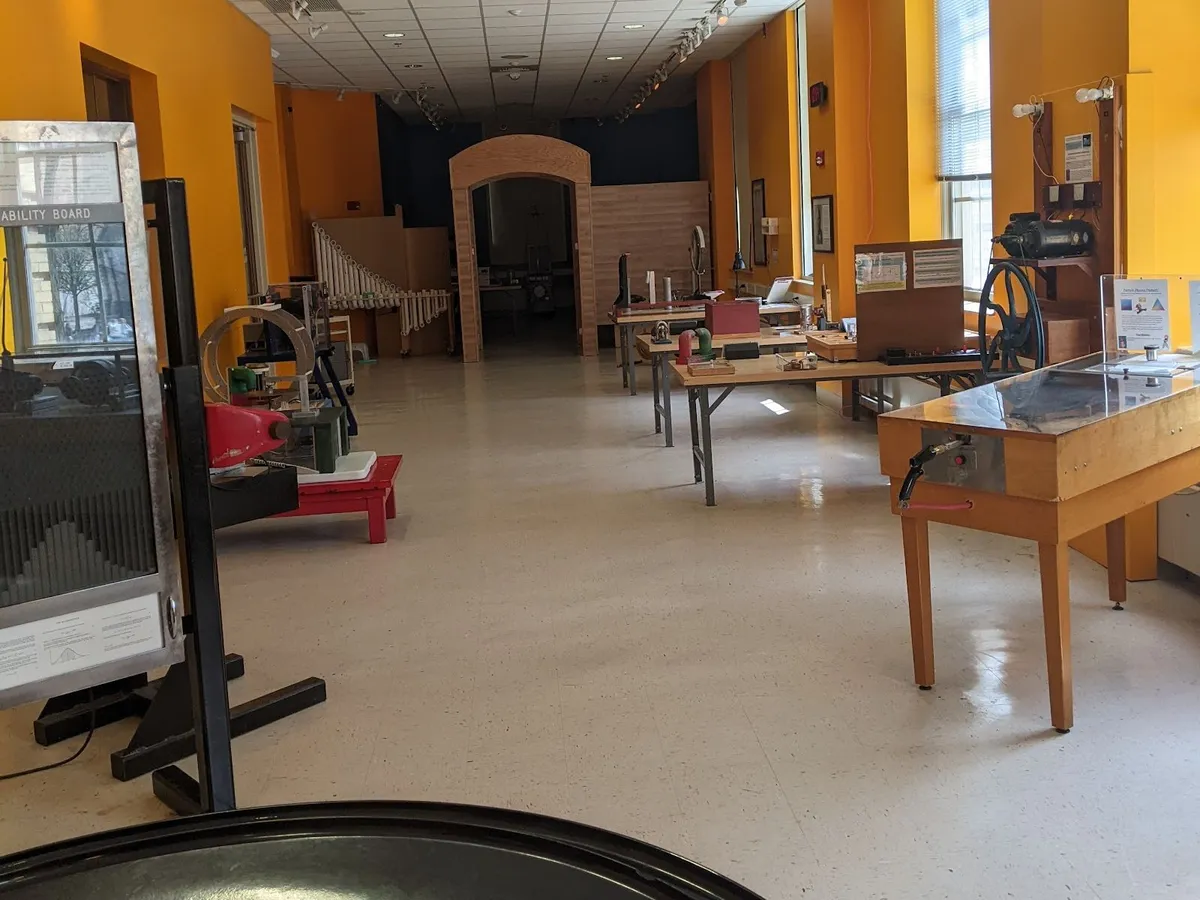
Key Highlights: L.R. Ingersoll Wonders of Physics Museum
- Free Entry: No admission fee, making it a budget-friendly educational stop.
- Interactive Hands-On Exhibits: Nearly every display invites you to touch, play, and experiment.
- Parking Can Be Difficult: No dedicated museum parking; expect to walk a bit from nearby ramps or metered spots.
Location & Getting There
The L.R. Ingersoll Wonders of Physics Museum is found inside Chamberlin Hall at 1150 University Ave, Madison, WI 53706, USA, right on the edge of the bustling University of Wisconsin-Madison campus. If you’re entering from University Ave, step inside and look to your right—the museum is tucked just past the main doors, so you won’t have to wander hallways searching for your destination.
There’s no on-site parking attached to the museum, which can be a bit of a hassle for drivers. Street parking is limited and metered, and often full during university hours. The best bet is to look for a public parking ramp about a block away—plan for a short walk, especially on weekdays when campus is busy.
First Impressions & Atmosphere
Don’t expect a grand, sprawling science center—the Wonders of Physics Museum is quite modest in size, more cozy than overwhelming. It feels a bit like a hidden gem, with a friendly, hands-on vibe that trades flashy displays for interactive learning and curiosity-driven exploration. You won’t find crowds here unless it’s a group day, and it’s just as welcoming to solo visitors as it is to families or school trips. The energy is relaxed, with the gentle hum of people chatting about experiments and kids laughing at their discoveries.
What’s Inside: The Experience
Unlike some museums where you’re told "look, but don’t touch," at Wonders of Physics, the message is clear: touch everything. Every exhibit is interactive—turn cranks, press buttons, pull levers, and see what happens. The museum is built for hands-on learning, focusing on the simple physics that make everyday life possible.
- Hands-On Experiments: Expect to get involved. Displays cover concepts like electricity, magnetism, optics, sound, and mechanics. You might spin a bicycle wheel to learn about angular momentum, explore the basics of magnetism, or watch how pulleys multiply force.
- Everyday Physics: Many exhibits demonstrate the physics in common things—how gears work, why light bends, or what makes a pendulum swing.
- Accessible Explanations: Each station includes short, easy-to-understand descriptions, so you can dive in whether you’re a budding scientist or just curious about how the world works.
- Occasional Short Presentations: Groups may get a quick overview from a volunteer or staff member, explaining some highlights and answering questions before you roam.
- Suitable for Older Kids and Teens: While there’s nothing stopping younger kids from enjoying the displays, most activities are best for third grade (around age 8-9) and up. Younger kids might get more out of it with adult help, but the sweet spot is definitely upper elementary through high school.
One thing to know: not every single exhibit is always in working order. Some displays, like any well-loved interactive setup, may be temporarily out of service. Fortunately, there are more than enough functioning activities to keep most visitors engaged for an hour or more.
Accessibility & Amenities
- Wheelchair-Accessible Entrance: The building entrance and interior are accessible, so visitors using wheelchairs or mobility aids can enjoy the museum comfortably.
- Accessible Parking Nearby: Though there’s no museum parking, public ramps nearby generally reserve spots for those with accessibility needs.
- No Food or Drinks Allowed: This is strictly an educational space—plan to grab snacks or coffee before or after your visit.
- Not Dog-Friendly: Only service animals are permitted inside.
- No Gift Shop or Café: The museum is part of the university’s physics department and keeps things simple—no souvenirs or food service.
Payment isn’t an issue since admission is free, and you won’t need to worry about reservations unless you’re bringing a large group (more on that below).
Group Visits & Special Events
The Wonders of Physics Museum is popular with school groups and science clubs. If you’re planning to come with a large group (think 30+ people), it’s best to contact the museum ahead of time via their official website. Sometimes, large groups may need to split into smaller clusters to make the most of the experience and keep things manageable in the intimate space.
The museum also supports special requests for educational presentations or guided walkthroughs, especially for younger visitors or those looking to dive deeper into physics topics.
Who Will Enjoy This Museum?
- Science Enthusiasts: If you love tinkering, experimenting, and figuring out how things work, this place is a goldmine.
- Families with Curious Kids: Great for children who like active learning (ideally 3rd grade and up).
- Students & Teachers: A fantastic spot for school field trips or science club outings.
- Adults with a Fondness for Learning: You don’t have to be a kid to be amazed—many adults find themselves absorbed in the experiments and displays.
If you’re looking for a quiet afternoon of discovery, or if you need a way to make complex physics concepts simple for kids (or yourself!), this is a rewarding destination.
Drawbacks & Things to Know
- Limited Space: The museum isn’t large; it can feel a bit crowded if several groups arrive at once.
- Some Exhibits Occasionally Broken: A few displays might be out of order, but there’s still plenty to explore.
- Tricky Parking: Be ready to park off-site and walk a block or more, especially during busy campus hours.
Final Tips & Recommendations
- Plan Ahead for Parking: Check the university’s parking map or apps for nearby ramps; weekdays are busiest.
- Allow 45–90 Minutes: Most visitors spend about an hour, but science fans might linger longer.
- Bring a Group—But Not Too Large: Best for groups under 40; for bigger parties, reach out in advance.
- Check Hours: The museum typically follows the university’s academic calendar, so check the website for open times before heading over: L.R. Ingersoll Wonders of Physics Museum.
- Combine With Other Campus Stops: If you’re already on or near the UW-Madison campus, this makes for a unique addition to your itinerary.
In summary, the L.R. Ingersoll Wonders of Physics Museum is a small but mighty spot that packs an impressive amount of hands-on science into a single room. It’s perfect for curious minds of almost any age—just be ready to get your hands moving and your brain working! Even with the occasional broken exhibit or parking hassle, this place is a standout for educational fun in Madison.


